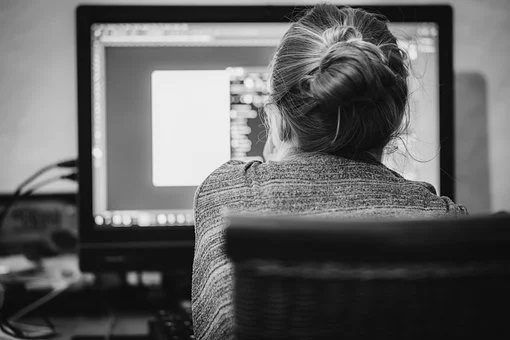
COVID has come with Zoom Fatigue without a doubt, SSRN research finds, virtual meetings are more exhausting for women than men
13.8% women vs 5.5% men reported feeling “very” to “extremely” fatigued after Zoom calls.
It is one year into a pandemic, and it is needless to say that it has been a lot than what we thought. While before the pandemic, we were in a situation where we were talking about the harms of digital media technologies, now, in the pandemic, the same technology has been to rescue. But has it really been a rescue to people is a question? Earlier, we used to speak about the negative effects, now we are seeing the technology affecting people negatively, and yet, there is no way out for us to stay away from it because from classes to meetings, everything has become digital. And we know, zoom fatigue and exhaustion have been the cry of many, studies show that virtual meetings are more exhausting for women than men. Let’s see how.
Virtual Meetings are more Exhausting for Women than Men, finds SSRN
Out of the 10,332 sample respondents for the survey, one in seven women reported feeling “very” to “severe” fatigued after Zoom calls; in contrast, one in 20 men reported a similar feeling. One of the main causes, according to the study, is the feeling of ‘mirror anxiety,’ which is the self-conscious feeling people encounter by repeatedly staring at their own reflection in the frame.
What is Mirror Anxiety and how is it related to women?

Body dysmorphic disorder (BDD) is a mental condition in which people believe they appear different than they do. BDD is classified as a somatoform disease. People with BDD may overestimate their ability to look in the mirror, or they may actively avoid looking in the mirror. The research suggests that women are more likely to look at themselves, to their mirror image and this action creates a sense of self-consciousness of appearance. Just like the curious case of facial dysmorphia, women are generally more conscious about their sink colour, their shape, their face etc while they are on any video chat.

Read More: World Creativity and Innovation Day: How to Deal with the Creativity block in the Pandemic Age?
Another reason that the report suggests o, why women are more exhausted, is because they keep on logging in for more hours virtually, without taking breaks. It is an undeniable fact that women are facing more burnout during a pandemic because of obvious reasons as they get the home and the work-life responsibilities both, to handle in their work from home schedule.
Well, the pandemic has put us all in this well and it is difficult to get out of this any sooner. Organisations have been trying to keep things virtual only, for a long time now. And we wonder if there is any better way to communicate than video meetings. But zoom fatigue is real and should not be ignored.

Here is what, at the organisational level, can be done to help employees deal with it.
– Establish no-video-meeting days. Per week, set aside a day with no video meetings.
– Making video-off mandatory for meetings that don’t require videos. Although facial expressions matter a lot, if not very necessary, they should be skipped.
– Try to identify if the employee is fatigued or not. Set some parameters to identify this, workout some form that can take information from the employees about how they are feeling and identify them if they are fatigued.
– Help the employees who are dealing with it.
Have a news story, an interesting write-up or simply a suggestion? Write to us at info@oneworldnews.com








